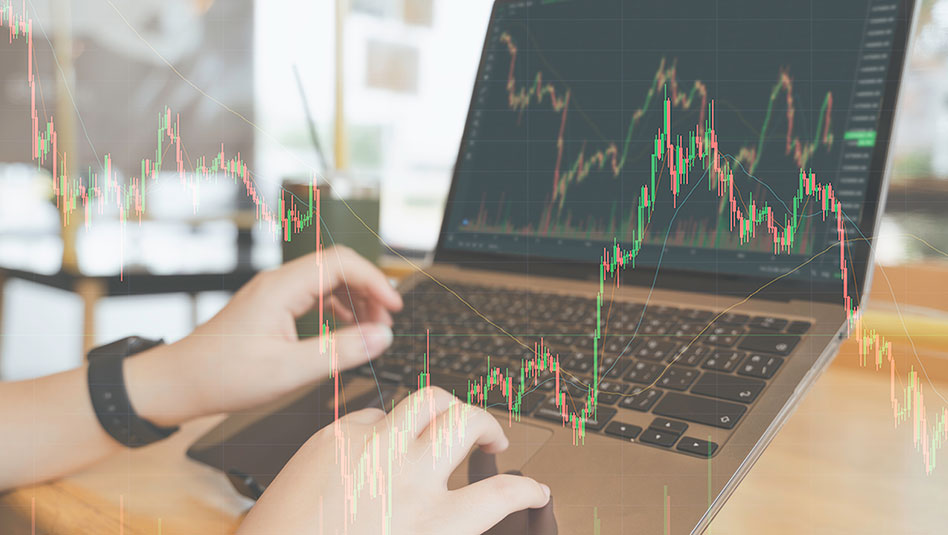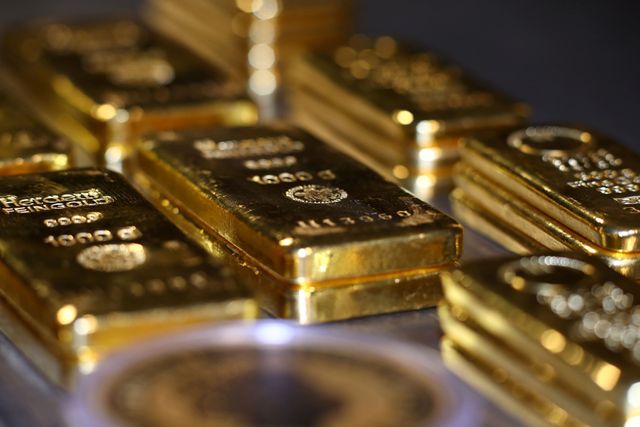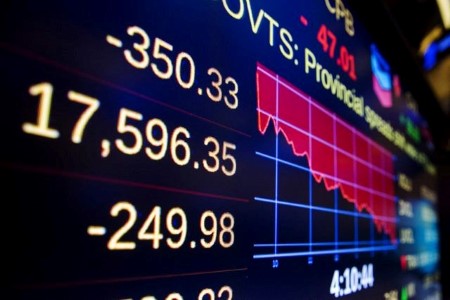BEIJING, July 13 (Reuters) – A US destroyer sailed near the disputed Paracel Islands in the South China Sea on Wednesday, drawing an angry reaction from Beijing, which said its military had “driven away” the ship after it illegally entered territorial waters.
The United States regularly carries out what it calls Freedom of Navigation Operations in the South China Sea challenging what it says are restrictions on innocent passage imposed by China and other claimants.
Monday marked the sixth anniversary of a ruling by an international tribunal that invalidated China’s sweeping claims to the South China Sea, a conduit for about USD 3 trillion worth of ship-borne trade each year.
China has never accepted the ruling.
The US Navy said the destroyer USS Benfold “asserted navigational rights and freedoms in the South China Sea near the Paracel Islands, consistent with international law”.
China says it does not impede freedom of navigation or overflight, accusing the United States of deliberately provoking tensions.
The People’s Liberation Army’s Southern Theatre Command said the US ship’s actions seriously violated China’s sovereignty and security by illegally entering China’s territorial waters around the Paracels, which are also claimed by Vietnam and Taiwan.
“The PLA’s Southern Theatre Command organised sea and air forces to follow, monitor, warn and drive away” the ship, it added, showing pictures of the Benfold taken from the deck of the Chinese frigate the Xianning.
“The facts once again show that the United States is nothing short of a ‘security risk maker in the South China Sea’ and a ‘destroyer of regional peace and stability.'”
The US Navy said the Chinese statement on the mission was “false” and the latest in a long string of Chinese actions to “misrepresent lawful US maritime operations and assert its excessive and illegitimate maritime claims at the expense of its Southeastern Asian neighbors in the South China Sea”.
The United States is defending every country’s right to fly, sail, and operate wherever international law allows, and nothing China “says otherwise will deter us”, it added.
China seized control of the Paracel Islands from the then-South Vietnamese government in 1974.
In a separate statement later on Wednesday, the US Navy said the Ronald Reagan Carrier Strike Group was also operating in the South China Sea, describing such carrier operations there as “routine”.
The carrier group is conducting maritime security operations, which include flight operations, maritime strike exercises, and coordinated tactical training between surface and air units, it added.
Monday marked the sixth anniversary of a ruling by an international tribunal that invalidated China’s sweeping claims to the South China Sea, a conduit for about USD 3 trillion worth of ship-borne trade each year.
China has never accepted the ruling.
China claims almost the entire South China Sea. Vietnam, the Philippines, Malaysia, Taiwan and Brunei all have competing and often overlapping claims.
China has built artificial islands on some of its South China Sea holdings, including airports, raising regional concerns about Beijing’s intentions.
(Reporting by Beijing Newsroom; Additional reporting by Ben Blanchard in Tapei; Writing by Bernard Orr; Editing by Muralikumar Anantharaman and Kim Coghill)







 DOWNLOAD
DOWNLOAD











